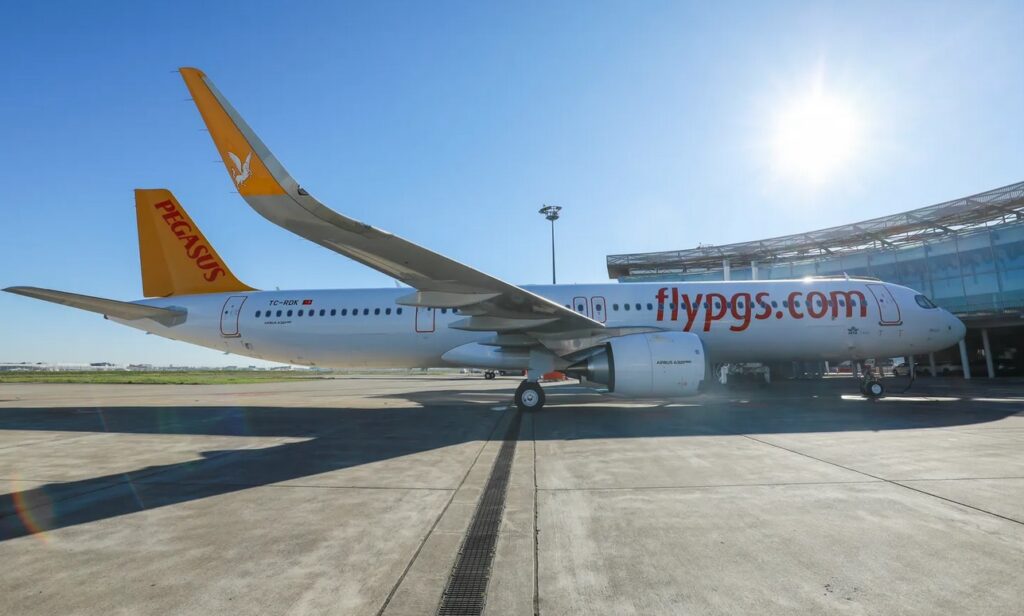Air New Zealand has had a busy few days, grappling with two significant operational incidents. Last Friday, the airline dealt with an aircraft security issue, and this Monday morning, a bird strike at Christchurch Airport forced the pilots of a jet bound for Brisbane to abort take-off.
The quick response by the crew ensured passenger safety, but the incident has disrupted flight schedules and highlighted ongoing challenges for the airline.
The Incident: A Bird Strike on Flight NZ207
Air New Zealand flight NZ207 was scheduled to depart Christchurch International Airport at 6:10 AM, heading to Brisbane.
During its take-off roll, the Airbus A321neo struck multiple birds. A loud bang was heard, prompting the pilots to reject take-off and bring the plane to a stop using reverse thrust and braking systems. Passengers described the event as abrupt but handled professionally.
Chief Operational Integrity and Safety Officer David Morgan commented, “While frustrating, bird strikes are not uncommon. Aircraft are designed with this in mind, and our pilots are fully trained for such scenarios.
” Following protocol, the aircraft underwent a thorough inspection before returning to service. However, the incident led to the cancellation of both the outbound and return flights, with passengers rebooked on alternate services.
Details of the Airbus A321neo Involved

The aircraft involved was a 2019 Airbus A321neo (registration ZK-NND), part of Air New Zealand’s fleet of 12 A321neos.
This plane is powered by Pratt & Whitney PW1133G-JM geared turbofan engines and is configured with 214 economy-class seats. The A321neo is commonly used on trans-Tasman routes between New Zealand and Australia.
Unfortunately, the airline has been grappling with engine durability issues, particularly with its Pratt & Whitney GTF engines. These problems have caused several aircraft to be grounded for maintenance, reducing the availability of serviceable planes.
Inside the Aircraft: A Passenger’s Perspective
Passenger Ben Anderson recounted the experience, stating that the plane seemed to be accelerating normally until a loud bang occurred just before take-off. “Then suddenly, brakes were applied, and we came to a stop,” he explained.
He later learned that birds had struck both engines, which could intensify Air New Zealand’s ongoing engine maintenance challenges.
Fleet Challenges at Air New Zealand
Air New Zealand operates a fleet of 112 aircraft, including:
- Airbus Models: 17 A320-200s, 6 A320neos, and 12 A321neos
- Boeing Models: 10 777-300ERs and 14 787-9 Dreamliners
- Regional Aircraft: 30 ATR72-600s and 23 Dash 8-Q300s
While the Airbus fleet faces issues with Pratt & Whitney engines, the Boeing 787-9 fleet has also encountered problems with Rolls-Royce Trent engines.
These challenges have led to delays and increased maintenance demands. Notably, Air New Zealand has opted for GEnx engines for its upcoming Dreamliner orders to address reliability concerns.
Despite operational challenges, Air New Zealand’s swift handling of the bird strike highlights the importance of experienced pilots and well-trained crews. Incidents like these underscore why continuous investment in training and equipment is crucial for passenger safety.
Although bird strikes are a known risk in aviation, this event serves as a reminder of the unpredictable nature of air travel and the resilience required to handle such situations.














Leave a Reply